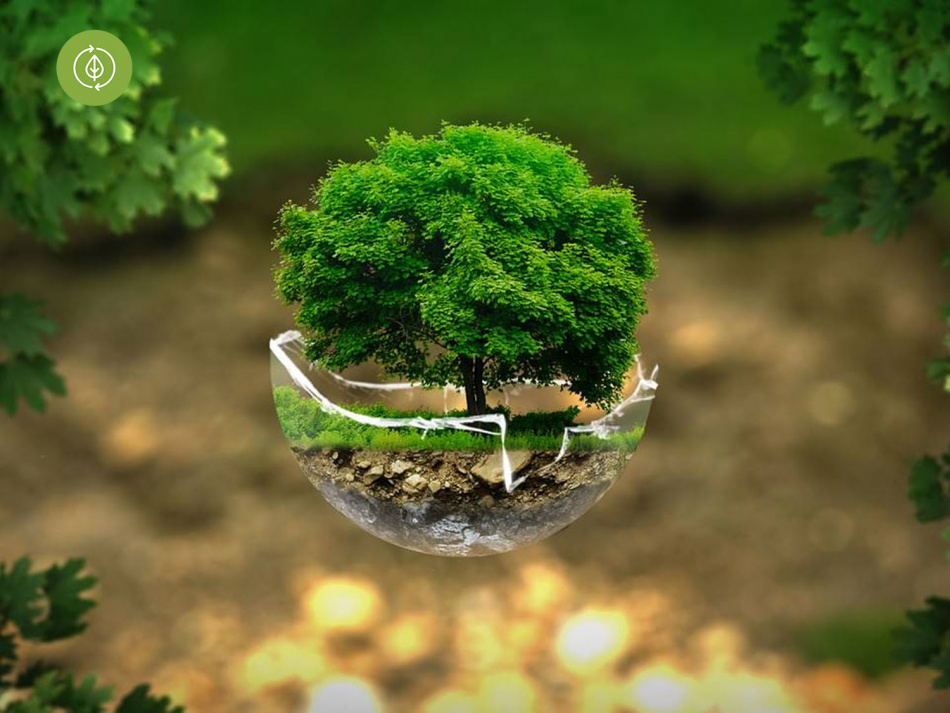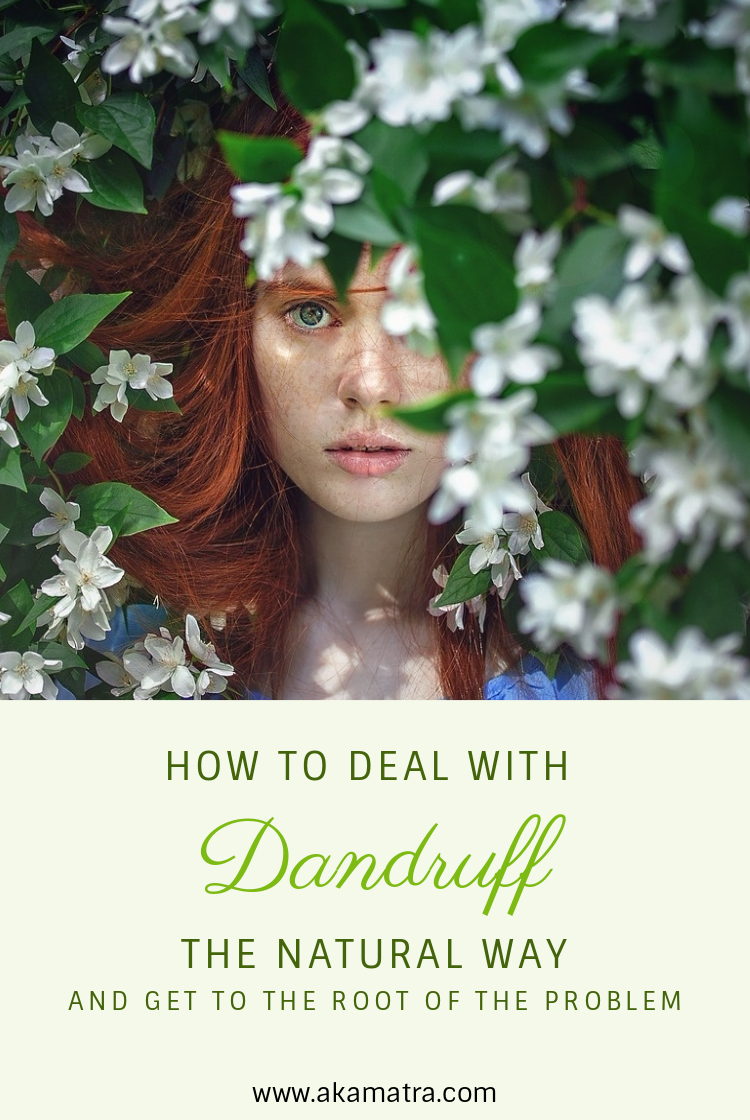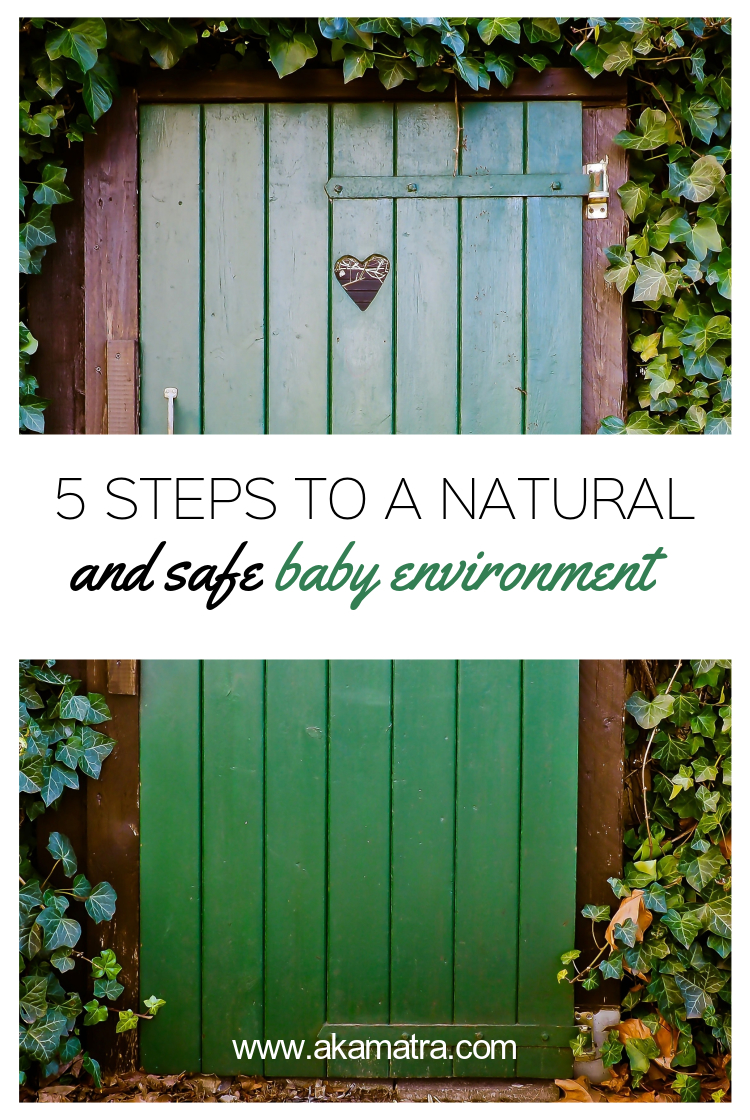Hello darlings!
Studies show that spending time in a natural outdoor environment that blooms with flowers, trees, and plants is beneficial to the mind, body, and soul. No wonder many property's landscape feature well-manicured lawns and lush gardens. When landscaping your property, however, it is prudent to use methods and designs that will give you the desired look, without harming the environment. For instance, avoid using harmful pesticides and equipment that will contribute to flooding, drought, pollution or even loss of wildlife habitation. If you desire to make earth greener, here are some eco-friendly landscaping designs you can try.
Install artificial grass or synthetic turf
Even though natural grass offers a striking lush green look, they require frequent watering to keep them beautiful and healthy. That means that you will have to pour water on the ground, which over a year, is a significant sum. If you are interested in conserving water, why not replace these natural water guzzlers with the synthetic turf or artificial grass. They look just as attractive, and you will not need to irrigate them. Not only will you be saving the environment right in your backyard, but you will notice a significant drop in your water bills. Besides, depending on the city you reside in, you might even benefit from rebate programs.
Reduce the lawn space
Another way for you to save water, energy and the environment is by reducing the size of your garden. A smaller sized field will naturally require less watering, fertilization, and attention than a larger one. You could, therefore, replace some of the lawn space with eco-friendly landscaping solutions like low-maintenance plants, benches, rock gardens, and gazebos. You could also use for your property's landscape eco-friendly walkways, permeable pavers, and patios made with concrete, gravel, bark or reclaimed materials. Such designs will not only help you save water but also enable you to retain your favorite natural green grass.
Group similar plants together
Besides opting for low-maintenance plants, you should consider xeriscaping, where you group plants that have same growth requirements together. For instance, if you group plants according to their watering needs, you will significantly reduce the overall amount of water you will use, as well as the amount of time you spend.
Choose the right plants
The use of plants on your lawn is a great way to make your property stand out. If you want your property's landscape to include trees or flowers, it is wise to go for non-invasive and non-aggressive native species that thrive in your area and are naturally resistant to drought, pests, and diseases. The beauty of having such plants is that you will not need to water or apply chemicals to them frequently. Moreover, if you wish to use wood for fencing, or any other yard structure, avoid chemical-treated wood and instead opt for rot-resistant varieties. Find out from the local experts which plants would be best for you to use.
Landscape to save energy
If your concern is the high-energy bills, you could consider landscaping designs aimed at making your home both eco-friendly and energy efficient. An excellent technique is wind channeling, through which you use trees, vines, shrubs or any other suitable vegetation to alter the direction of the breeze and regulate indoor temperatures during the hot and cold seasons. Likewise, you could use the trees to provide warmth in winter and shade in summer. All you need to do is identify deciduous trees and plant them on the south side of your home. Such a design can slash your energy bills by a whopping twenty percent.
Add mulch
Exposed ground leads to massive evaporation, which means you will have to aerate your plants more. Fortunately, through mulching, you can reduce the amount of water loss. Besides, the mulch can help you create attractive designs on your property. You can cover the exposed surface as well as those around plants with organic mulching options like leaves, pine straws, wood chips, bark, compost and wet newspapers. Beyond retaining moisture, they will decompose over time and improve the soil nutrients. Furthermore, they will prevent soil erosion and growth of weeds.
Solar based Outdoor lighting
Outdoor lighting solutions are a novel way of revamping your property’s landscape. They enhance both the aesthetic appeal and perceived value of the home, and most importantly they add a sense of security and lushness. They also make your house visible to prospective renters and buyers even after dusk. The primary challenge with outdoor lighting, however, is that they will spike up your energy bills. Therefore, instead of going for electrical powered lights, settle for those that run on renewable solar energy.
You do not have to be an environmental activist to contribute to making the environment safe. You can begin right in your garden and make a difference albeit in a small way. You just need to be considerate of Mother Nature, by using the right materials in the right place.
Lot's of love
















